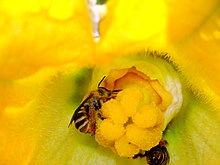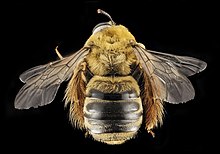- Joined
- Dec 8, 2017
- Messages
- 10,061
So what do we know about children's Garden.
Any help will be welcome.
Any help will be welcome.

Yes & no, It is on Clemson college of Agriculture land, anyone can use the garden by appointment.Is it a public garden for kids?
The old garden was in the back in the woods, like a camp site, we took the club scout there sixteen years ago.Is it a new garden or one that is being reworked? Is it a garden where children will plant and care for plants, or is it more of a play area?
I can ask, but it has to be deemed safe & educational, will let you know when I know more.To bad they just wouldn’t let you go to town on it. You could make arches that cukes and trellising plants climb up so the kids can walk thru. But if its for parties and such you need to plant things that they maybe can pick for their party appetizers.
Are you drafted as a grunt advisor or somewhere in between?I can ask, but it has to be deemed safe & educational, will let you know when I know more.
Cukes will need a water source & I am not sure what they have or want.
Then good fencing and a strong gate will be important, won't they? If something that has thorns on it is planted around the perimeter, that would also keep unwanted people from getting in. Roses might be a good thing to plant, or berries.Yes & no, It is on Clemson college of Agriculture land, anyone can use the garden by appointment.
The appointment is to stop drug dealers from slipping in to the woods behind the orchards & test plots, to sit up camps to sale drugs.
Schools, scouts, birthday parties will be by appointments.
Squash beeat least the "3 sisters", back to the old ways, along with cherry tomatoes, flowers for mom.
https://www.nativeseeds.org/blogs/blog-news/how-to-grow-a-three-sisters-garden
| Genera | |
|---|---|
Scientific classification

| |
| Squash bee | |

| |
| Peponapis pruinosa | |
| Kingdom: | Animalia |
| Phylum: | Arthropoda |
| Class: | Insecta |
| Order: | Hymenoptera |
| Family: | Apidae |
| Subfamily: | Apinae |
| Tribe: | Eucerini |
| Peponapis Xenoglossa |

Enter your email address to join: